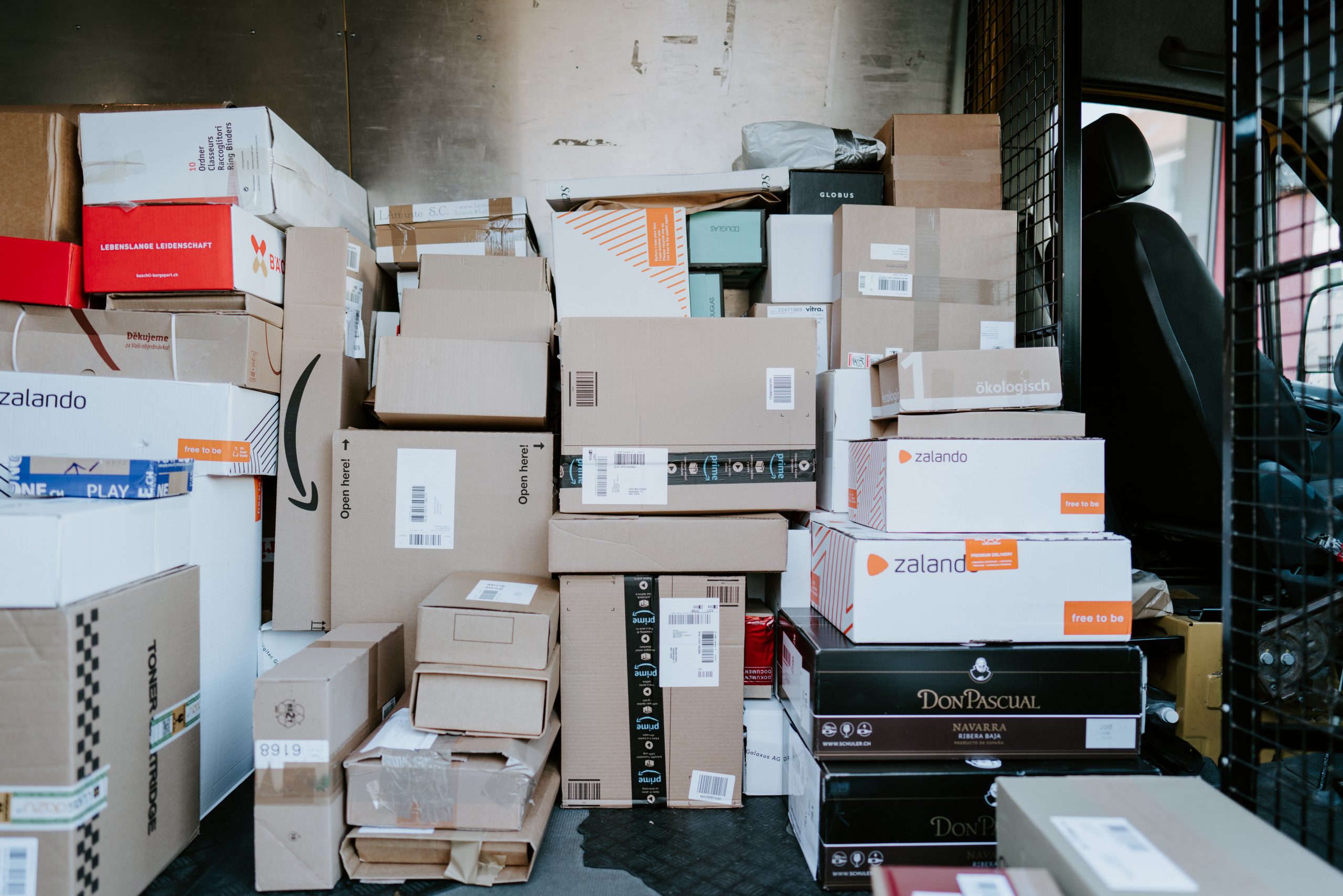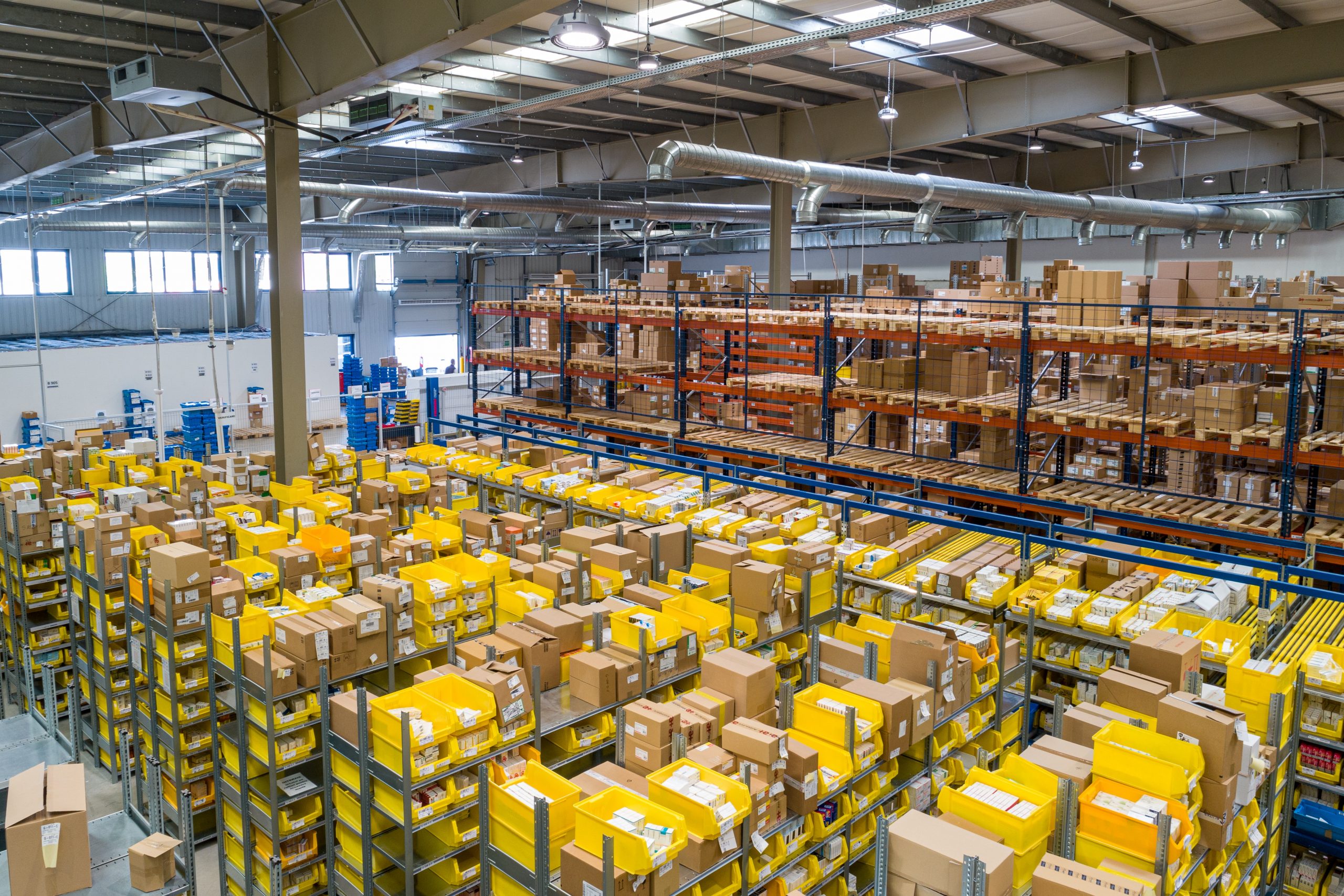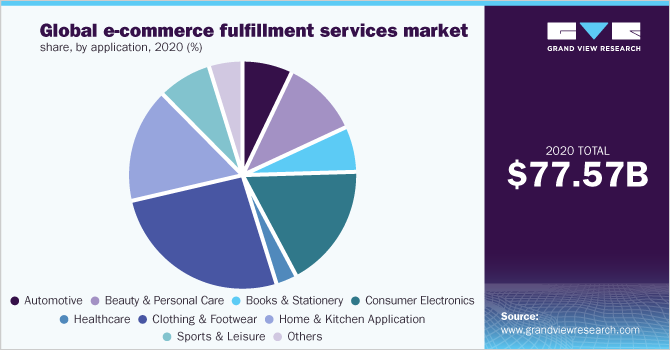6 Basic Steps of Order Fulfillment and Challenges You Need to Know
Posted on
If you’re launching your first ecommerce site and looking to sell across a distance, you need to understand the order fulfillment process. Third-party solutions, like dropshipping or fulfillment by Amazon, can make things easier on your end.
However, they just move the complexity to places you don’t control. You need a clear business process to run your order fulfillment. What is a business process, and how does it help?
A business process is any sequence of steps you need to take to achieve an outcome. David Allen writes in Getting Things Done that a “project” is any outcome that requires two or more actions to complete. “Business processes” may sound complicated, but it’s just the principle – i.e., mapping out the steps needed to accomplish a goal – that’s applied to teams and whole companies.
By documenting and clarifying your business processes you can begin optimizing them. After all, what isn’t measured can’t be improved. If your returns process isn’t optimized, you’ll find your staff’s time being taken up by proactive customer care when things go wrong.
The order fulfillment process has lots of moving parts where a lot can go wrong, but the customer sees none of that. They just expect their product to arrive quickly and easily. If they don’t get that, because your order fulfillment process wasn’t well-run, they’ll take their business elsewhere.
With that in mind, let’s look at six basic steps of the order fulfillment process and see some of the challenges your business might face with them.

1. Receive your goods
Whatever the size of your business, you’ll be receiving inventory in bulk to be stored in the warehouse. Above a certain scale, boxes will be sent on shrink-wrapped pallets to be slotted directly into the warehouse shelves either on pallet trucks or a forklift.
Shipping in so much bulk requires investing in machinery and the skills to use it. But such big shipments mean warehouse staff can pick from the same pallet for a longer time before you have to ship another one over.
One of the most reliable small business management tips, in any case, is to automate processes wherever you can. Processes like inventory management and ordering, the generation of pick lists, and the management of returns can all be automated along with countless other steps in the process. Some of these jobs, like pick lists, might seem small, but the sum of many little efficiency gains can add up to big changes.
Not only will automation save the staff time and the company money, but it also reduces the chance of human error. This results in a more consistent and high-quality experience for your customers, and they’re one way you can turn your order fulfillment process from a necessary job into an asset to the company.
2. Store your stock in the warehouse
Once the stock is received in bulk and staff have checked the shipment is accurate, the goods are stored throughout the warehouse. Deciding how the goods should be stored is one challenge, but getting it right can benefit your bottom line.
The difference between sales operations and revenue operations is while sales operations looks at the sales process from end to end – from marketing to purchase – revenue operations run across the whole business.
In practice, this means RevOps will be looking at the whole order fulfillment process to increase profit margins. For example, the layout of goods in your warehouse should be updated periodically to reflect your sales data. If you have a product range that sells better for one season every year, you should place that close to the loading bay to save workers time and energy.
3. Pick your orders
Your order to cash optimization process runs in tandem with the entire order fulfillment. This ties back into your revenue operations and it’s about running your administration, warehouse, and shipping processes in the most cost-efficient way possible.
When the order comes in and it’s confirmed everything is in stock, a pick list is generated and sent to the warehouse. The list includes product names, SKU numbers, and their exact locations in the warehouse.
The work that goes into creating this list should be automated. Not only does this save time, but having all the information on the sheet coming from one database keeps everything in a single source of truth.
4. Pack your deliveries
When the picked items are all assembled at the loading bay, they have to be packed to ensure they arrive to customers in perfect condition. Depending on the product and the “unboxing” experience you want to create, this might require bubble wrap or packing peanuts.
If you’re shipping packages that can be carried by hand, your shipping might be complicated by local shipping regulations that dictate how much it costs to ship. A RevOps team might try to optimize your order fulfillment process around these to increase profit margins. The savings here would be extremely small, but, at a scale, that adds up to a lot of money over time.
If you’re shipping pallets full of stock, you’ll be dealing with haulers and trucking companies. This would dictate the pace of your order fulfillment process because the truck is expensive to drive. It has to operate on a strict schedule in order to be cost-efficient. In order to make any deliveries, you have to get all of your orders packed up for a certain time that’s determined by what’s best for the trucking company.

5. Your products are shipped
After your package leaves the warehouse, it’s on its way to being shipped to your customers.
Shipping costs are a crucial business decision in ecommerce. Are you going to pay for those at all, or will you add them to the customer’s bill? Should you offer different tiers of shipping so customers can get products faster?
This depends on the kind of service you want to deliver and what you can afford to deliver. You can maybe kill two birds with one stone and offer free shipping to your customers on orders above a certain total. This will keep your order fulfillment operation profitable while increasing total sales along the way.
Your packages will move from your warehouse to your courier’s own warehouse. From there, they’ll divide all the packages based on their destinations and send them out for “last-mile” delivery.
Last-mile delivery is a whole article in and of itself. It’s why Amazon hires economists to help them figure this kind of problem out, and it’s why you should leave last-mile delivery to a third-party courier service. It’s why the global ecommerce fulfillment industry has grown to over $77 billion in value.
Shipping a truck full of goods from a warehouse for hundreds of miles is cheaper and faster per mile than delivering a few packages across one town. This is because there are so many complications along the way, such as different buildings to navigate, dealing with packages for people who aren’t at home, and making all the deliveries on one tank of petrol.
For you, all you need to worry about at this stage is tracking. If you track your packages and you ask for the customer’s email upon order, you can enhance your customer service and support by sending them an email as soon as your product has arrived. If your product is technology or a home appliance you could email your customers some setup instructions along with the contact information for your support channels.
6. Process returns
A good returns process is about customer interaction management. You should make your returns process clear on your site and use it as a selling point.
Returns are inevitable no matter how good your product is, but you can turn the returns experience into an asset if you use the recovery paradox. This is a well-documented phenomenon in which customers think better of a company for recovering well from an error – such as a faulty product or a service outage – than if they’d performed flawlessly the whole time.
Nevertheless, a good returns policy will see you eating the cost of shipping the product back to your warehouse, and that means you want to reduce them as much as you can. Innovations like augmented reality ecommerce allow users to see products like furniture in their homes before they buy. This helps reduce the number of pricey returns in total, which streamlines your operations and helps your order-to-cash optimization.

Turning your order fulfillment process into an asset
At every stage of the order fulfillment process, from receiving your goods to the courier handing over your product, there’s room for you to optimize your business or improve your customer service. Using the data you generate already and feeding it into automated software can speed up your internal processes. And tracked shipping can help you make a great first impression when it arrives at the customer’s door.
 Jessica Day – Senior Director, Marketing Strategy, Dialpad
Jessica Day – Senior Director, Marketing Strategy, DialpadJessica Day is the Senior Director for Marketing Strategy at Dialpad, a modern business communications platform that takes every kind of conversation to the next level—turning conversations into opportunities. Jessica is an expert in collaborating with multifunctional teams to execute and optimize marketing efforts, for both company and client campaigns. She has also written for domains such as DesignLike and Unstack. Check out her LinkedIn profile


